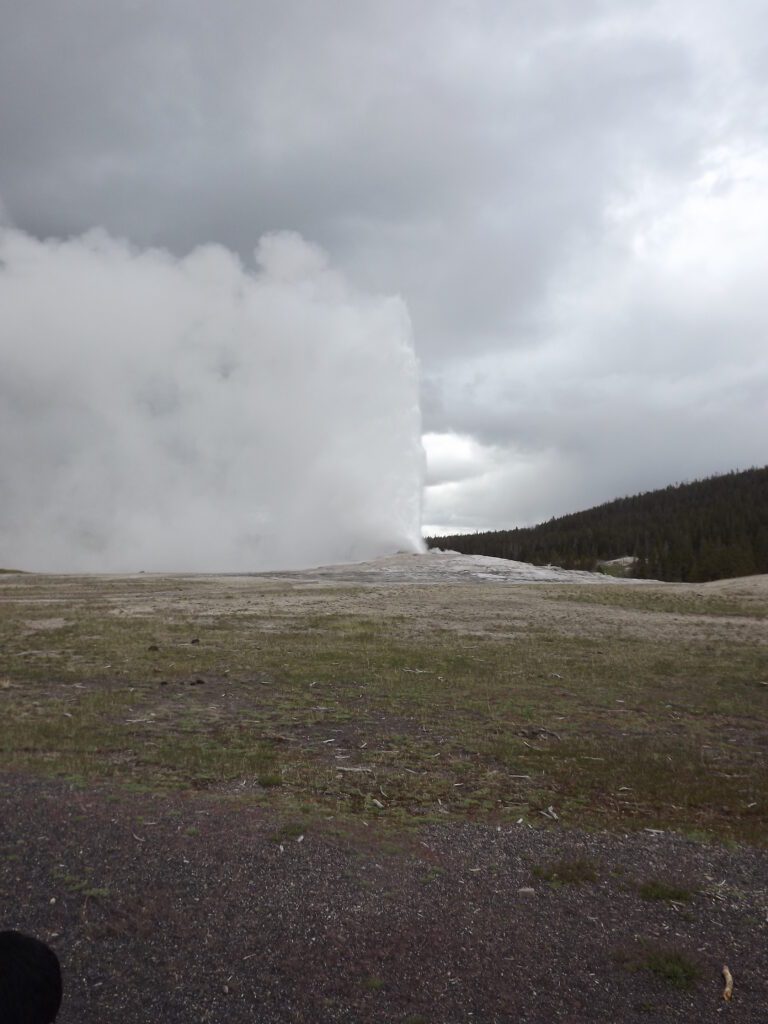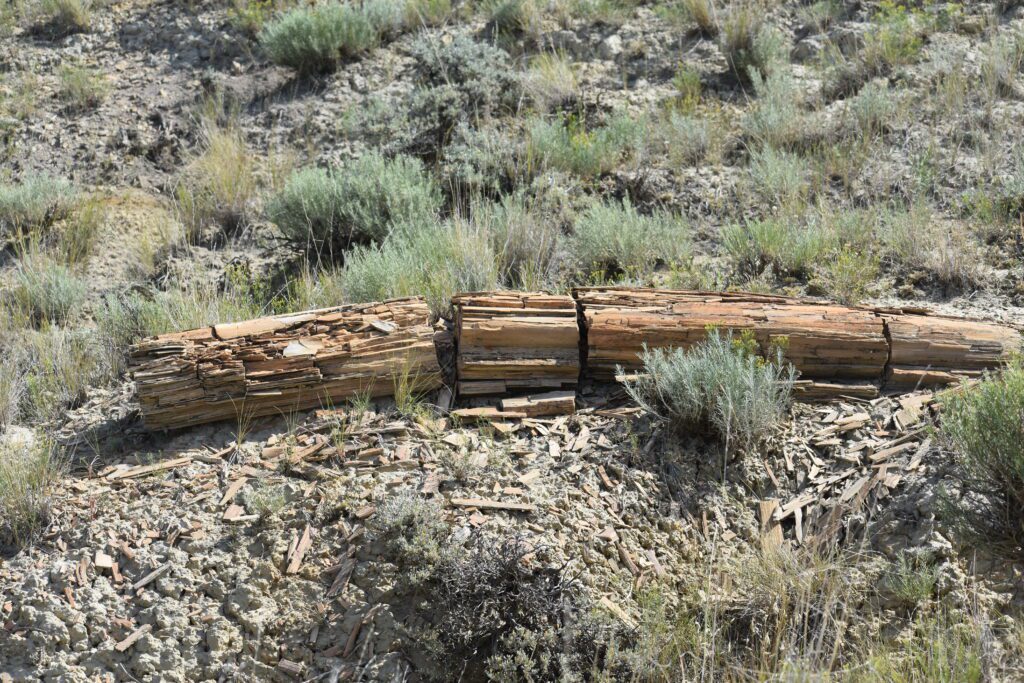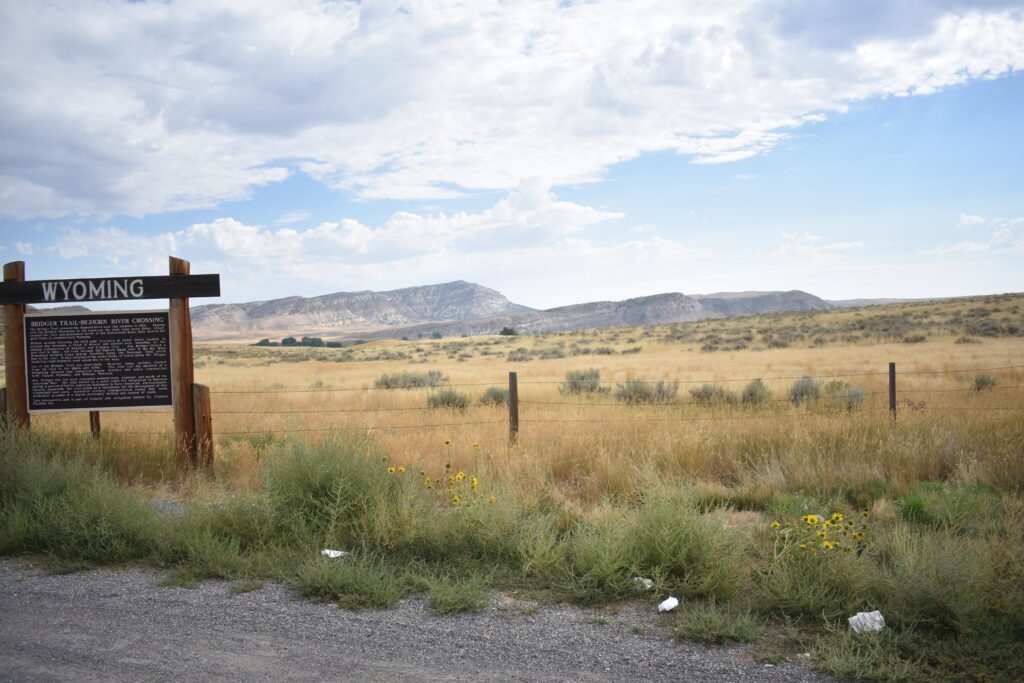News
History: Jim Bridger Part 1, Beginnings and Tall Tales
Published
2 years agoon
By
cvannoy
Jim Bridger was a mountain man, trapper, map-maker, businessman and visionary. A man ahead of his time, Bridger first saw the value in furs, and worked for years as a trapper and a “Booshway” or boss. When the fur market was in decline, Bridger built a fort and trading post, and later became an army scout.
Orphaned at the age of 13, with no formal education, Bridger was tasked with taking care of his younger sister. To make money for her care and his needs, he apprenticed to a blacksmith and learned the trade. In 1822, he answered an ad in the Missouri Republican wanting, “Enterprising Young Men” to join General Ashley’s expedition West. As a blacksmith, his services were welcome on the expedition. He left his sister in the care of a maiden aunt and headed into the unexplored wilds up the Missouri River. The party included Jedediah Smith, another well-known mountain man.

After this first introduction to the Rocky Mountains, Bridger trapped, hunted, fought Indians and guided parties throughout the Rocky Mountain Region. He discovered South Pass as an easier way to cross the Continental Divide and laid out a wagon road to the gold fields that bypassed the Sioux hunting grounds. He was stationed at Fort Phil Kearny for a time with General Carrington, acting as a scout. But that is for another story.
He was known for his tall tales, but most had a kernel of truth. As in his tales of Yellowstone, also known as Colter’s Hell. Bridger was one of the first white men to see the wonders of the area.

Some of his Yellowstone tales appeared in the Centennial Post, May 8, 1909
James Bridger, the celebrated trapper and hunter trapped and hunted on the Upper Yellowstone in 1824, and between 1841 and 1844, he saw most of the wonders of the park. During that period he was at the head of a great trapping expedition, that traveled all over the Rocky Mountain.
Like Colter, Bridger sought with much enthusiasm and sincerity to make the world acquainted with what he had seen, but also like Colter, he was not believed. His tales of the park region were scouted as fiction, and the incredulous attitude of the world made him resentful. Whereupon, to avenge himself, he made it his custom to tell fanciful tales about his experiences, most of which were of the impossible kind. Yet he drew a line on map of the Rocky Mountain country, in 1856 and said it indicated the route any railroad into this region from the east would have to take, and his knowledge and wisdom were vindicated; for the route is now exactly followed by the Northern Pacific route.
Many of Bridget’s famous wonders were celebrated in his time and are still remembered. He used to say he was out hunting, and saw an elk short distance from him, but the animal remained unscathed even after he had fired three or four shots at it point blank at short range. Angered, he rushed upon it with his rifle clubbed, determined to beat its brain out, but was brought to an abrupt bait and hurled to the ground by collision with transparent wall of glass.
He said the wall was the side of glass mountain, and that the elk was on the other side twenty-five miles away, but seemed within few hundred feet, for the mountain, acted as a telescope and brought the image that close.
He was talking about the obsidian cliff in Yellowstone, a wall of volcanic glass.
From the above article: Another of his tales recounted that he had found an ice-cold spring at the top of mountain. The water ran down the mountain side, and the latter was so smooth, and the water attained such velocity that it was boiling, hot from friction ere it reached the bottom. Bridger also told about the cold-water lake in the park, hot from boiling water erupted upon by hot springs. He said that he caught the fish in the cold water and cooked them on the way out through the hot water.

Another of his pet yarns described mountain that bad been cursed by Crow Indian chief, who was magician. Bridger said that the mountain had been petrified as it stood, and that everything upon it was petrified and looked exactly as it did the summer day the miracle occurred—the game, birds, reptiles, trees, brush, grass, flowers, and everything else, although turned to stone, being just as natural as life; the flowers retaining their delicate hue and grass its verdant green.
There are petrified trees in Yellowstone, but the game animals, birds and reptiles being turned to stone was obviously Bridger’s fabrication. But, who knows…. Although many of Bridger’s tales were fiction rather than fact, there were mainly embellishments on the truth.
From the above quoted article, Captain W. F. Reynolds visited the park in 1860, with an expedition and, Captain Walter W. De Lcey repeated the feat in 1863. In the 1860s, other expeditions visited it. Three expeditions, in 1869, 1870 and 1871, respectively, finally verified for the satisfaction of science and the world the existence of the park and its marvels.
Bridger is credited as being the first white man to see the Great Salt Lake, this from The Riverton Review and the Riverton Republican, April 12, 1922:
Bridger was the first white man to see the Great Salt Lake in Utah. This was in 1824, and he told some wonderful stories about the lake. One of them was about the great snowfall In the winter of 1830, which covered the whole Salt Lake valley to a depth of 70 feet All of the buffalo perished. “When spring came, all I had to do was to tumble ’em into the lake an’ I had enough pickled buffalo for myself an’ the whole Ute nation for years,” Bridger declared. Bridger was known as “Old Gabe,” or “The Old Man of the Mountains” by his fellow trappers, and the Crow Indians called him “Casapy—the Blanket Chief.”
Bridger could neither read or write, or even sign his name, but his memory was sharp and clear. He remembered all the trails and mountains and streams to trap beaver in.
From the above quoted article in the The Riverton Review and the Riverton Republican in April 1922:
When the engineers for the Union Pacific railroad were uncertain about the easiest route through the Rocky mountains, they sent for Old Jim. He took a piece of old brown paper and with a piece of charcoal marked the route which they were to follow. Later they found that he had not made a single mistake in mapping the route. Bridger died In 1881, and is buried in Kansas City.

From Crook County Monitor Sundance, December 1904
Honoring “Jim” Bridger in erecting a suitable monument over the grave of James Bridger, or “Jim” Bridger as he will always be known to posterity, general Grenville M. Dodge has done the west a service which will be gratefully remembered. It would be a shame were the services of Bridger and other pathfinders allowed to go without some substantial form of recognition some enduring testimonial that will keep the republic reminded of the great work done by the gallant men who opened the path of civilization in the wilderness. Bridger stood unique among the plainsmen of his day.
No part of the country was too wild for him to penetrate, and no Indian infested territory held terrors enough to make him turn back. It was Bridger, cool, calm and self-possessed, who guided government trains to old Fort Kearny, in the very heart of the Sioux hunting ground, at the time the mighty Red Cloud was laying his memorable siege to that advanced outpost.
And it was Bridger who opened the path for the first railroad across the continent, and Bridger who led the way along countless other trails, with all civilization and its influence at his back. Bridger it was, too, who penetrated Yellowstone Park when probably no other white man save John Colter had seen its wonders. His stories of the geysers were disbelieved for years, but time has vindicated him on this count, as in many others. The figure of this heroic plainsman, leading some daring party into the wilderness, so soon to become the busy, prosperous, peopled west, must always stand forth with all the impressiveness of a Remington painting. It is good to know that “Jim” Bridge is getting at least a portion of the grateful remembrance he so rightly deserves.
– Republican

In the second part of this story, we will talk about Bridger’s businesses, a partner in the Rocky Mountain Fur Company, founding of Fort Bridger, and scouting for General Carrington at Fort Phil Kearny.


Ira roadifer
October 9, 2022 at 5:14 pm
I have the book on Jim Bridger. Oh was a great man in his time. He work with white and the Indians but it always hard to work with the government. Been to Fort Brodger several. A great place to see and visited.